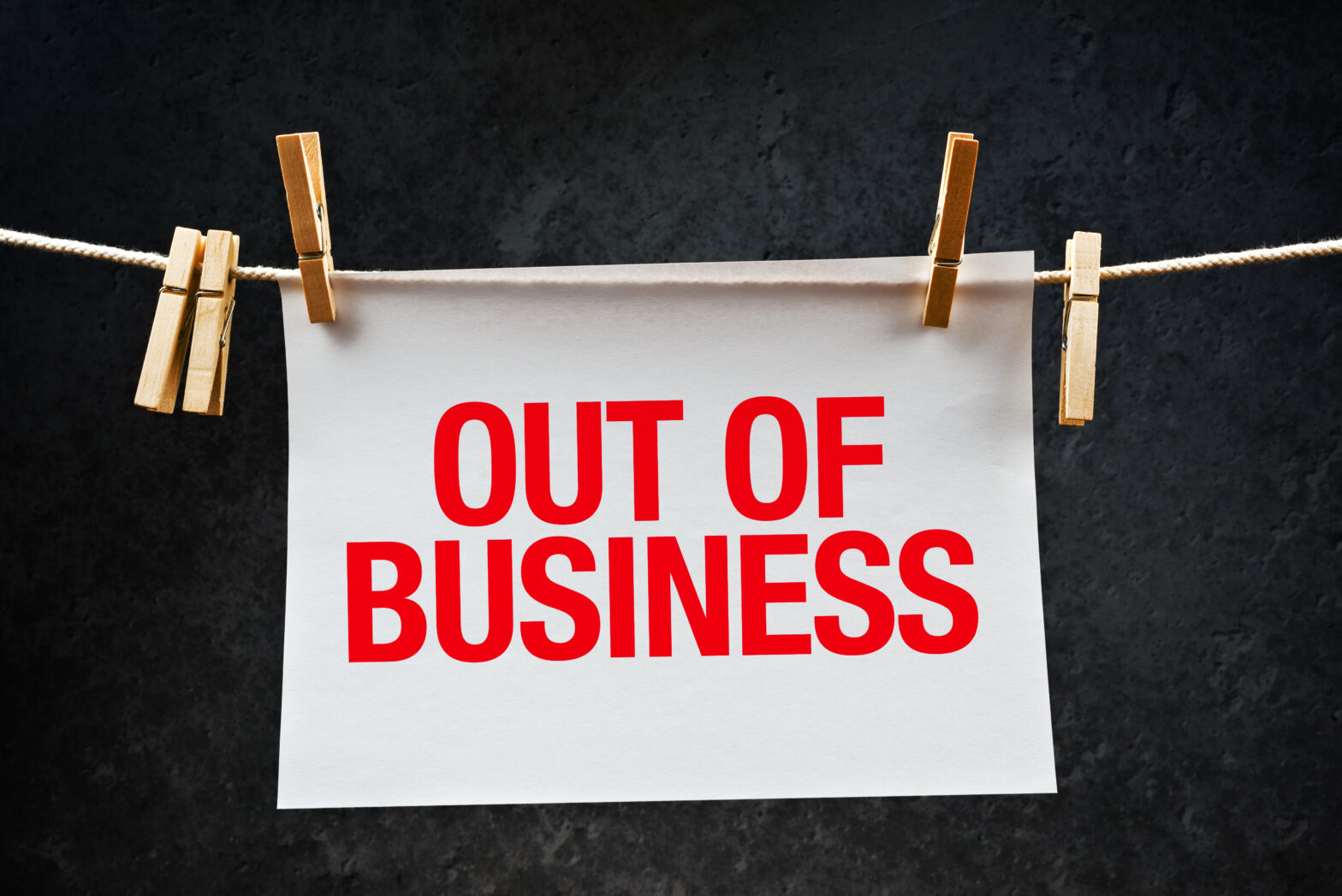Retail is changing, and now it’s changing faster than ever.
If we go back ten years to ask the average person what type of business they like to run, I’d bet that 60 per cent would say they would want to own or run a store on the high street. If you go back even further, then everyone’s of idea for starting a business would be for a high street destination; anything from a tea room to a clothing shop. People thought the best business to operate would always be a bricks and mortar business.
But times have changed, and with the fall of Toys R Us and Maplin, and with Carpetright showing signs of weakness among others, this business model needs to be scrutinised. One of the most interesting facts I ever heard was that in the year 2000, Toys R Us gave online retailing exclusivity to Amazon. This helped Amazon convince consumers that it was ‘easier’ to buy toys online rather than by going to town and buying it from Toys ‘R Us, giving Amazon the edge. What Toys R Us should have focused on was building their own dedicated online store to future-proof their business.
But, for me, I believe the real downfall of the high street and these dwindling successes of ‘large brands’ is simple. As a digital marketer, you’d expect me to say ‘a lack of online marketing‘, but it isn’t. Neither is it do with them ‘not taking risks’, although these are all commonly given reasons that people believe.
To put it bluntly, I believe you are to blame for the decline of the high street as we know it.
To every single person reading this right now; it’s your fault. You decided (as did I), that it was easier to ‘buy it online’ or ‘Amazon Prime it‘ instead of popping over to a shop to buy it in person. Most of us have changed the way we shop completely. Ten years ago, it was a convenience to buy while you were in town, but now it’s an inconvenience to buy it in town because you have to carry it round all day and unless you live and work in a city centre, it’s not worth the effort. That simple shift in the consumers’ mind has completely changed how we interact with the high street, and it has obviously affected the stores’ profitability and sustainability.
What can retailers do to combat this change?
If you can’t win as a retailer by being convenient, you have to win by providing customers an ‘experience’ that online retailers cannot imitate. This is where physical locations and high street brands can win; providing an experience can completely change the way in which shops are perceived by the consumer.
Toys ‘R Us’ shouldn’t have positioned themselves as a location to ‘go and buy toys’; they should have repositioned themselves as the place to ‘experience’ toys and fun activities. This should have included entertainment sections in store, face painting zones and coffee centres for parents. If your parents ever bought you a bike from Toys R Us, you might remember riding it up and down the bike aisles to ‘test it out’: Instead of this being something the customer advisors would tolerate, they should have made it into a reason to come to the shops with a course on which children could ride as many bikes as they’d like. This would make going into Toys ‘R Us more than just a place to buy toys: differentiating it from every single other retailer (especially those online).
In the next ten years, if we don’t see a shift in how retailers operate on the high street, we will unfortunately see more established, familiar brands bite the dust.
We are living in an age of Instagram pics, viral content and BuzzFeed news: people want experiences to capture moments, create memories and leave run-of-the-mill purchasing to the online stores. In the pace of change that we’re experiencing now, if brands stand still, they’re going backwards.
Peter Watson is managing director of Distract.





